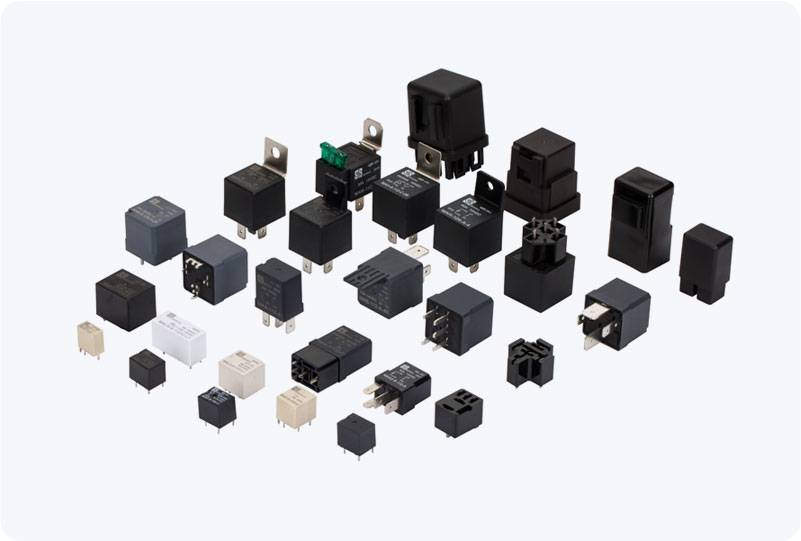high-power relay: key components and applications in modern electronics
Release time:2025-04-26 13:57:21
A high-power relay is an essential component in electrical and electronic systems, designed to switch large currents or voltages, often in industrial or automotive applications. These relays are capable of handling significant amounts of electrical power, making them critical in circuits where high-voltage or high-current switching is required. In this article, we will explore the functions, components, and applications of high-power relays, shedding light on their importance in modern electronics.

What is a High-Power Relay?
At its core, a high-power relay functions as a switch. It is an electrically operated switch used to control high-power circuits with a low-power signal. Relays, in general, can be classified into two categories: low-power relays, which are designed to handle small currents and voltages, and high-power relays, which are capable of switching high currents and voltages. High-power relays differ in their physical design, materials, and construction to safely handle these increased demands.
A high-power relay typically consists of a coil, a set of contacts, and a mechanical armature. When an electric current is applied to the coil, it creates a magnetic field that moves the armature, either closing or opening the relay's contacts. This simple mechanism is key to switching high-power circuits without directly manipulating high-voltage components with a low-power signal.

